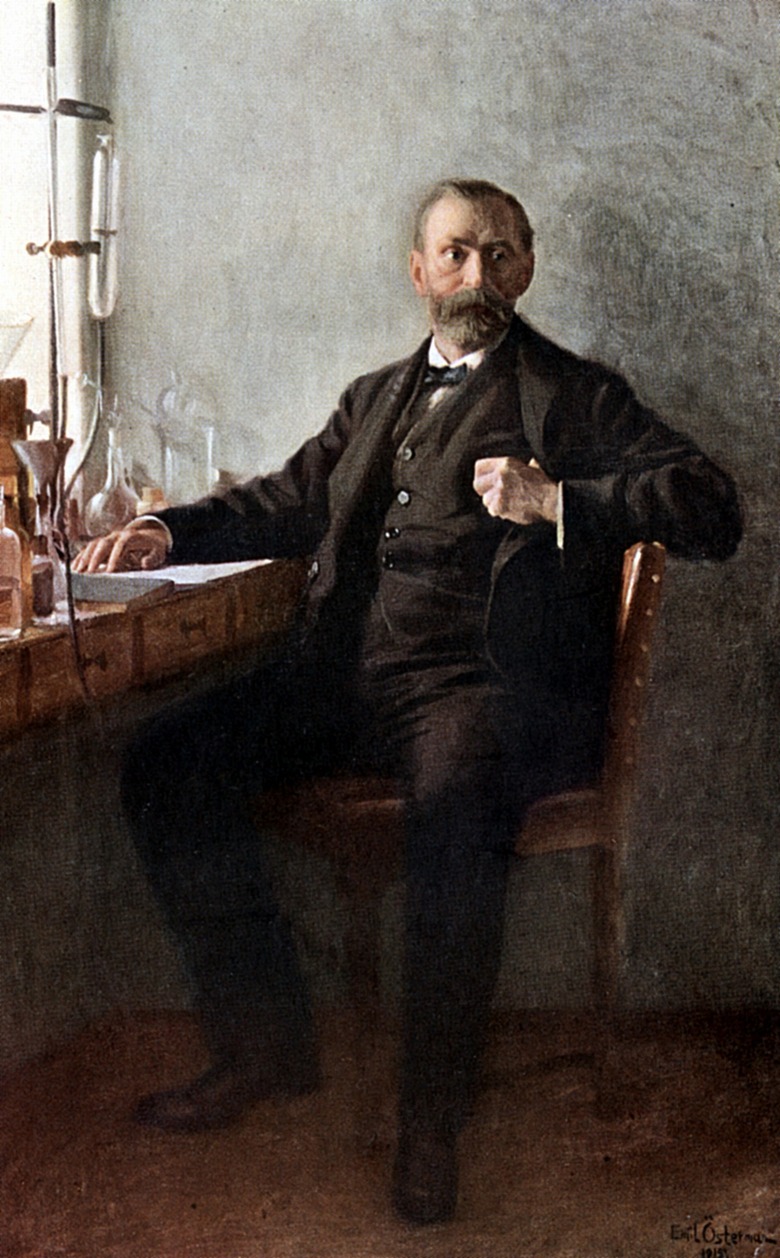What Was Done Before Dynamite Was Invented?
Dynamite was invented by Swedish chemist and engineer Alfred Nobel in the late 19th century as a safe way of using nitroglycerin as a demolition agent. Nobel stabilized nitroglycerin by mixing it with diatomaceous earth, the fossilized shells of diatoms. Dynamite has to be detonated using a blasting cap. Used as a military explosive at the turn 20th century, today, it is used widely in industrial blasting operations.
Greek Fire
Greek Fire
"Greek fire" was a name given to incendiary devices used in warfare prior to the invention of chemical explosives. It was used by the Byzantines in the 7th and 8th centuries to repel Muslim fleets. The exact chemical composition of Greek fire is unknown but may have been a combination of a petroleum distillate such as modern gasoline, sulfur and tree resins. This combination was launched at enemies using flamethrowers. Like modern napalm, it was sticky and could not be extinguished with water. The petroleum distillate was obtained by heating crude oil that seeped out of the ground in the region, called naphtha springs at the time.
Black Powder
Black Powder
Black powder, usually known as gunpowder, was the first chemical explosive. Its development can be traced to Chinese alchemists in the 8th century. It remained the main explosive used for warfare worldwide until the 19th century. The basic components of black powder are saltpeter, the chemical compound potassium nitrate, sulfur and charcoal. These ingredients are pulverized, pressed into cakes and dried before use as explosives. On detonation, the powder produces large amounts of smoke and soot. Black powder was used as a military explosive in the Civil War and by gold prospectors in California for blasting. By the 19th century, ammonium nitrate had replaced potassium nitrate in the black powder mixture.
Smokeless Powder
Smokeless Powder
In the 19th century, smokeless powder became a safer and cleaner replacement for black powder. This was based on the discovery of nitrocellulose. Initially called "guncotton," nitrocellulose was produced by dipping cotton into nitric acid. The acid attacks cellulose in the cotton producing nitrocellulose that is highly flammable when ignited. Wood pulp later replaced cotton as the source of cellulose. The resulting nitrocellulose was blended in an alcohol and ether mixture and evaporated to produce a hard, plastic mass. This was cut up into small flakes of stable gunpowder. Nitrocellulose remains the basis for modern propellants.
Liquid Nitroglycerin
Liquid Nitroglycerin
In 1846, Italian chemist Ascanio Sobrero developed nitroglycerin by adding sulfuric and nitric acids to glycerol. The glycerol was a byproduct of soap-making using animal and vegetable fats. However, unlike nitrocellulose that remains stable unless ignited in the presence of oxygen, nitroglycerin is a liquid that spontaneously explodes and can detonate on touch. Nevertheless, it was used widely in the 19th century for blasting operations in the oil and mining industries and in railroad construction. Alfred Nobel discovered a method of stabilizing nitroglycerin by mixing it with absorbent substances such as diatomaceous earth and silicates. In modern dynamite, much of the nitroglycerin content is replaced with ammonium nitrate and gelatin.
References
- Aeragon: Military Explosives
- The Scripps Research Institute: Chemistry of High Energy Materials
- University of Calgary: Greek Fire
- Dartmouth College: Explosive Chemistry
- Lind Hall Library: The Use of Black Powder and Nitroglycerin on the Transcontinental Railroad
- Petroleum History Institute: Nitroglycerin
Cite This Article
MLA
Kielmas, Maria. "What Was Done Before Dynamite Was Invented?" sciencing.com, https://www.sciencing.com/done-before-dynamite-invented-12672/. 24 April 2017.
APA
Kielmas, Maria. (2017, April 24). What Was Done Before Dynamite Was Invented?. sciencing.com. Retrieved from https://www.sciencing.com/done-before-dynamite-invented-12672/
Chicago
Kielmas, Maria. What Was Done Before Dynamite Was Invented? last modified March 24, 2022. https://www.sciencing.com/done-before-dynamite-invented-12672/
